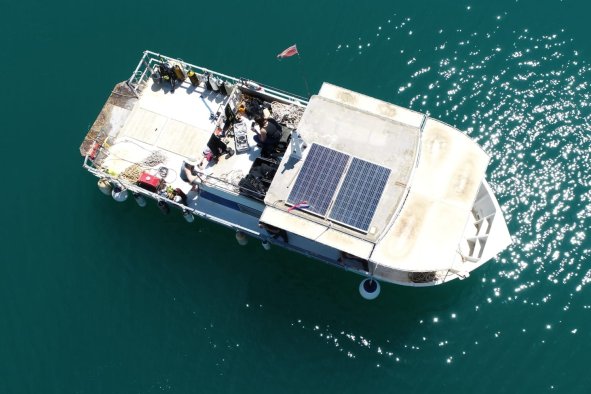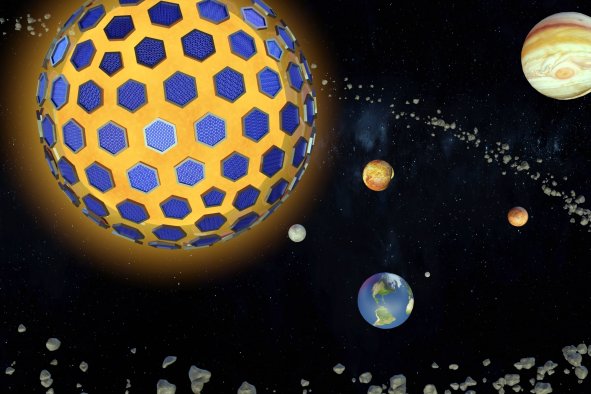Lightning storms are increasing the sea ice retreat in the Arctic Ocean, a new study has found.
A study by a team of international scientists discovered that these storms are contributing to the problem, alongside the general warming of the globe.
The study was published in the journal Atmospheric Research by Professor Colin Price and Tair Plotnik from Israel's Tel Aviv University's Department of Geophysics at Porter School of the Environment and Earth Sciences. Also involved in the study were Anirban Guha and Joydeb Saha from Tripura University in India.
The melting of Arctic sea ice is not a new problem. It is declining at a rate of 13 percent per decade, according to the World Wildlife Fund. And 95 percent of the oldest sea ice in the Arctic has shrunk over the past 30 years.
The loss is mainly attributed to the warming of the climate due to human-caused greenhouse gases being absorbed by the atmosphere.
However, according to the authors of the new study, no correlation has yet been established between the amount of greenhouse gases in the atmosphere and the rate at which sea ice is melting. This is why they decided to examine lightning storms and their role.
Lightning storms used to be extremely rare in the Arctic due to the cold climate. However, global warming has made them more common in the summer. According to the authors, these storms "further increase the melting process of the ice sheets—in a feedback loop."
To reach their findings, the authors compared sea ice loss data gathered by NASA and lightning data gathered by the global network WWLLN.
"Lightning is the result of a massive electric field that is discharged at once and transmits radio waves that can be received even thousands of kilometers away from the lightning. The global network's sensors detect and map thunderstorms anywhere on the planet, in real-time and non-stop," Price said in a statement.
"Cross-referencing the information from the various stations allows for an accurate determination of the location and time of each lightning strike detected, and thus, a global map of lightning over time is obtained. For this study, we collected data on lightning in the Arctic region during the summer months of June, July and August every year since 2010."
As they suspected, the scientists found that there was a correlation between lightning storms and the loss of sea ice. As lightning storms increased, so did the lack of sea ice.
Researchers believe this happened because thunderstorms absorb water vapor from the surface of the ocean into the upper atmosphere, trapping the heat. This process is very similar to that in which greenhouse gases are absorbed.
"In our research, we found a clear statistical relationship between the number of lightning storms in the Arctic region in a certain year and the rate of sea ice melting that year," Price said.
"This means that the storms are another factor that increases the melting of the polar ice, producing a feedback loop: the initial melting of the ice increases the dark surface areas of the sea, which absorb more of the sun's rays, warming up the waters, causing more melting, accelerating the rate of warming, which in turn increases the number of lightning storms, and the cycle repeats itself.
"As a result of this, and of the warming of the Earth in general, we expect that the frequency of lightning storms in the Arctic region will increase in the coming years, and with it, the rate of sea ice retreat in the Arctic Sea will accelerate."
Do you have a tip on a science story that Newsweek should be covering? Do you have a question about sea ice? Let us know via science@newsweek.com.
Disclaimer: The copyright of this article belongs to the original author. Reposting this article is solely for the purpose of information dissemination and does not constitute any investment advice. If there is any infringement, please contact us immediately. We will make corrections or deletions as necessary. Thank you.



